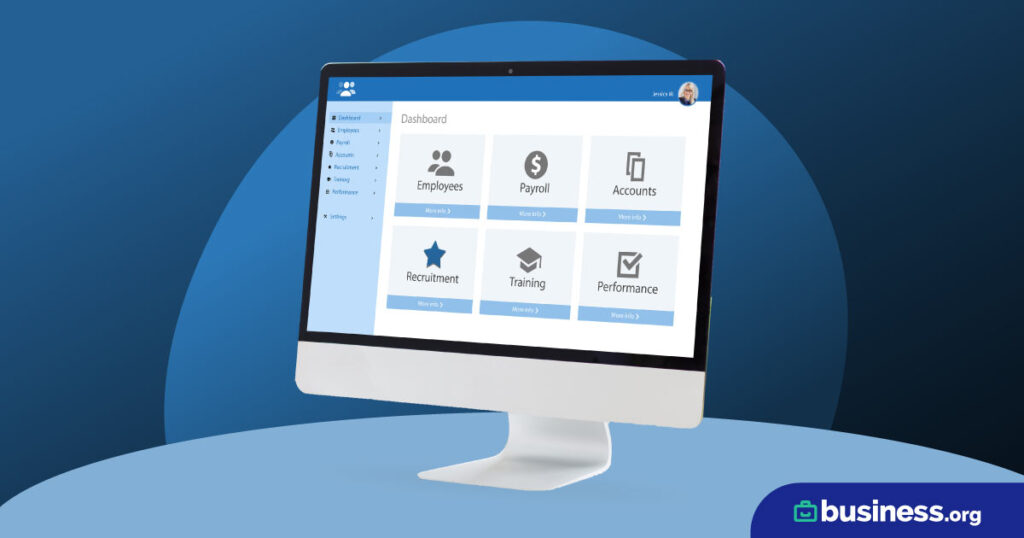We are committed to sharing unbiased reviews. Some of the links on our site are from our partners who compensate us. Read our editorial guidelines and advertising disclosure.
Wave Accounting Review 2025
Data as of 1/9/23. Offers and availability may vary by location and are subject to change.
Wave Accounting is the best free accounting software solution for freelancers, solopreneurs, and small-business owners alike. While it doesn’t have as many features as paid competitors like QuickBooks Online, Wave’s unlimited expense tracking, free invoicing, and basic reporting make it an ideal solution for many freelancers.
Since Wave only has one accounting plan, though, it’s not perfect for business owners who want to add accounting features as they grow. And its email-only customer support means users are largely on their own if they encounter an immediate problem.
By signing up I agree to the Terms of Use and Privacy Policy.
Wave’s key accounting features
When you’re working for yourself, you don’t need to spend hundreds of dollars a month on fancy accounting software with every possible bell and whistle. Instead, you need software that crunches numbers and an app that easily accepts payments—and that's exactly what you get with Wave Accounting, and then some:
- Unlimited credit card and bank account connections
- Unlimited expense tracking and income tracking
- Unlimited billing, invoicing, and receipt scanning
- Basic financial statements, such as profit and loss (income) statements, cash flow statements, and sales tax reports
- Bill payment
- Integration with third-party apps like PayPal, Etsy, and Shoeboxed
- Easy-to-read dashboard
- Unlimited users
- Unlimited businesses
Honestly, these features outpace those included with some paid accounting software. For instance, Xero only includes expense tracking with its priciest plan, which starts at $65 a month. QuickBooks Online limits user numbers by plan (its cheapest plan, QuickBooks Simple Start, includes just three users). And FreshBooks doesn’t limit your user number, but it does charge an extra $10 a month per user—which adds up fast.
Wave also lets you manage multiple businesses under the same Wave account. If you have multiple Etsy, eBay, or Amazon shops or work a few different freelance gigs, you can keep each business’s income and expenses separate.
Compare Wave with top competitors
Data as of 1/9/23. Offers and availability may vary by location and are subject to change.
*Current sale price: 50% off for three months or 30-day free trial
**Free for businesses with an annual revenue below $50K USD
***Current sale price: 90% off for three months. Available to new customers only.
Key drawbacks
Wave Accounting does a lot for the price—but it can’t do everything. For instance, it doesn’t offer the same built-in time-tracking and project-tracking features you get with most other basic accounting software plans. Unlike with QuickBooks, you can’t manage 1099 contractors with Wave (which is one reason Wave’s better suited to 1099 contractors rather than those who employ them).
And in contrast to just about every accounting software provider at this point, Wave doesn’t have a mobile accounting app. It also recently got rid of its receipt-scanning app: now, the only Wave app is its invoicing app—which is fine and functional, but nothing to write home about (unlike, say, FreshBooks’ stellar invoicing app).
Wave also doesn’t have quite as many integrations as other paid (and more popular) accounting software options. Most importantly, it doesn’t sync with any third-party payroll providers.
If you want to integrate your Wave Accounting software with payroll, you have to choose Wave’s own product: Wave Payroll. It’s a fine payroll product, both in terms of features and price, but it’s definitely not the best payroll bargain out there (that’d be Gusto, OnPay, or QuickBooks Payroll).
Of course, if you freelance, you don’t need to worry about running payroll either now or in the future. But for small-business owners who want to eventually expand their businesses and hire an employee or two (or more), just know that Wave doesn't make it easy to add payroll software beyond its own.
And speaking of growing businesses, Wave Accounting has just one accounting plan. That’s far from a bad thing—the straightforward single plan is one reason Wave works so well for freelancers and contractors. Plus, any additional plans would likely be paid plans, and we like that Wave sticks to what it does best: providing well-rounded, free accounting software. The solo plan just means Wave isn't as scalable as multi-plan accounting brands, so small-business owners who hope to grow might want to consider scalable providers like Xero or FreshBooks instead.
Compare your accounting software options
Not sure if Wave is right for you? Enter some basic information about your business's accounting software needs and we'll send you up to five personalized quotes for absolutely free.
Additional Wave features
We’ve already hit on a few accounting features that set Wave apart, but there are a few more perks to cover.
First, Wave is remarkably customizable—especially considering that it’s, you know, free. For instance, its unlimited invoices are much more customizable (and, in our opinion, more professional-looking) than QuickBooks’ comparatively expensive invoices. You can also customize your chart of accounts (CoA) to include only the accounts you need—useful for freelancers, who tend to have fewer expense and income categories on their books than bigger businesses.
Wave Accounting also uses double-entry accounting, which is much more accurate than basic single-entry accounting. Most accounting software use the double-entry system, though FreshBooks’ cheapest plan is a notable exception. We love that even though Wave is free and freelance-focused, it doesn’t assume freelancers can afford to skimp on financial accuracy.
Finally, Wave’s billing, payment acceptance, and invoicing features all work together to ensure you get paid on time. Clients can pay you directly through their invoice. You can also send bill and invoice payment reminders. In other words, Wave has many of the invoicing perks you get with invoice-heavy software like FreshBooks, but at no cost.

With plans starting at $15 a month, FreshBooks is well-suited for freelancers, solopreneurs, and small-business owners alike.
- Track time and expenses
- Create custom invoices
- Accept online payments
Wave Accounting proves that comprehensive accounting software doesn’t need a huge price tag. It’s a great pick for freelancers and entrepreneurs who want the most important bookkeeping features—invoicing, receipt-scanning, and expense and income tracking—at no cost. If you don’t mind trading a high cost for minimal receipt-scanning features and limited scalability, we recommend checking it out.
If Wave isn’t a good fit for you, read through our article on the year’s best free accounting software. The article kicks off with Wave, but it includes reviews for nine other free bookkeeping programs that you might prefer.
Related reading
Wave Accounting FAQ
Yes, Wave Accounting is really free. Wave Accounting gives you free unlimited invoices, users, expense and income tracking, credit and bank account connections, and more. It also offers multi-business management for no additional fee. You don’t have to enter a credit card number when you sign up. Just type in your business information, and you’re all set.
Wave offers accrual-basis accounting only, not cash-basis accounting.
Does Wave use double-entry or single-entry bookkeeping?
Yes, Wave’s accounting software does automatic double-entry bookkeeping. This accounting process generates two entries for every financial transaction. (One entry appears on the credit side of your ledger and one on the debit side.) The goal of double-entry bookkeeping is to minimize errors and ensure your account balances, which should reassure users who worry about the high cost of potential financial mistakes.
Methodology
To compare Wave Accounting to other accounting software products and assign it a star rating, we considered several key aspects of Wave's overall service:
- Accounting features
- Third-party integrations
- Customer service availability
- Current customer reviews on third-party consumer review sites, including app ratings and reviews
- Usability, including mobile access
- User limits
- Plan and pricing information
We also took our expert’s view into accounting when calculating our star ratings. Our star ratings are reviewed and updated frequently.
Disclaimer
At Business.org, our research is meant to offer general product and service recommendations. We don't guarantee that our suggestions will work best for each individual or business, so consider your unique needs when choosing products and services.





